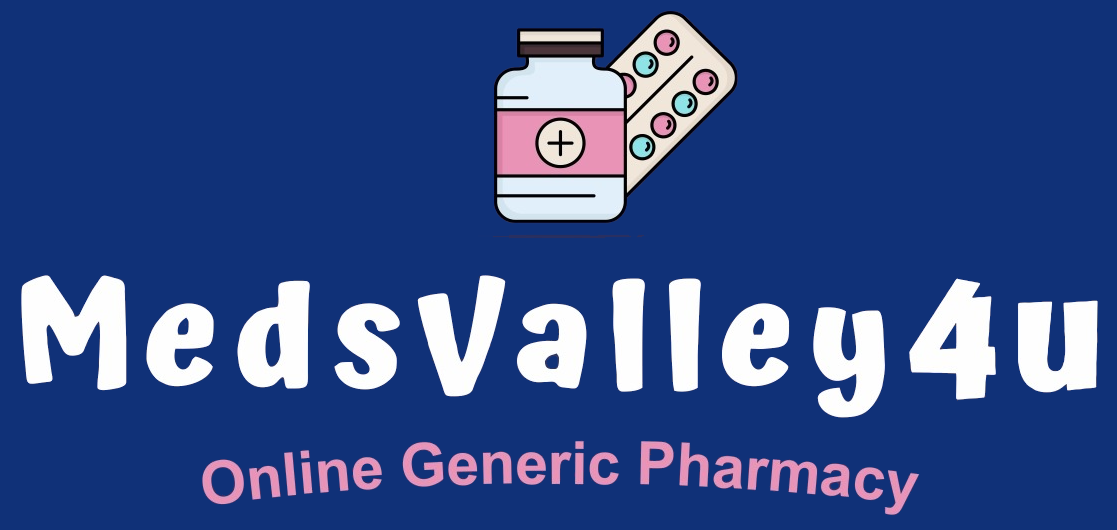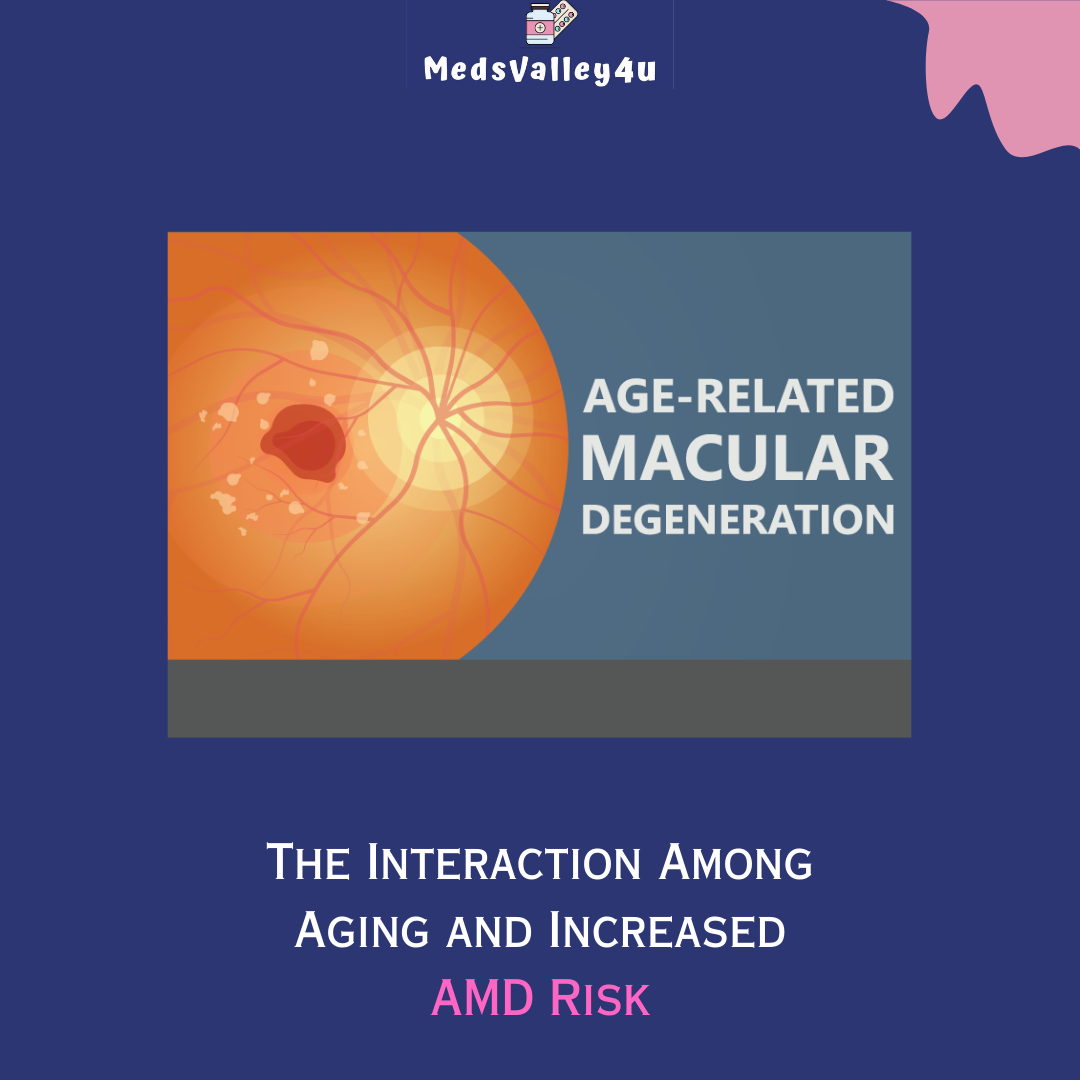As we grow older, many parts of our body begin to experience natural wear and tear, including our eyes. One of the most common eye conditions associated with aging is Age-related Macular Degeneration (AMD). AMD is a progressive eye disease that primarily affects the macula, the part of the retina responsible for sharp, central vision. This condition can lead to significant vision loss in people aged 50 and older, and it is one of the leading causes of blindness worldwide.
The risk of developing AMD increases significantly with age, but age is not the only factor that contributes to this condition. In this article, we will explore how aging interacts with other risk factors to increase the likelihood of developing AMD risk, its symptoms, types, and available treatment options.
Understanding Age-related Macular Degeneration (AMD)
AMD risk affects the central part of the retina, known as the macula, which is responsible for our ability to see fine details. When the macula becomes damaged, it can cause blurry vision, difficulty reading, and eventually loss of central vision. However, AMD does not typically lead to total blindness, as peripheral vision usually remains unaffected.
Types of AMD
There are two main types of AMD: dry AMD and wet AMD.
- Dry AMD (Non-Exudative): This is the more common form, accounting for approximately 85-90% of all AMD cases. Dry AMD progresses more slowly and is caused by the thinning and aging of the macular tissue. It is characterized by the presence of drusen, which are yellow deposits that form under the retina. Over time, these deposits can damage the light-sensitive cells in the macula, leading to vision loss.
- Wet AMD (Exudative): Wet AMD risk is less common but more severe. It occurs when abnormal blood vessels grow under the retina and macula. These blood vessels can leak fluid or blood, causing rapid damage to the macula and resulting in sudden and significant vision loss.
How Aging Increases AMD Risk
1. Degeneration of Retinal Cells
As we age, our cells and tissues naturally undergo changes that can affect their function. The retina, particularly the macula, is no exception. The macular cells are highly active, constantly working to process light and enable us to see. Over time, oxidative stress and metabolic waste accumulate in the retina, leading to the formation of drusen.
The presence of Drusen is one of the hallmark signs of early AMD. These deposits interfere with the function of the retinal cells, disrupting their ability to detect light and causing gradual vision loss. As the number and size of drusen increase with age, the risk of progressing to more advanced stages of AMD also increases.
2. Oxidative Stress
Oxidative stress plays a significant role in the development of AMD. It occurs when there is an imbalance between the production of free radicals (unstable molecules that damage cells) and the body’s ability to neutralize them with antioxidants. As we age, our natural antioxidant defenses weaken, making us more susceptible to the damaging effects of free radicals.
In the retina, oxidative stress can cause damage to the photoreceptor cells, which are responsible for converting light into signals that the brain can interpret. When these cells are damaged, it impairs the retina’s ability to function properly, leading to the progression of AMD.
3. Decreased Ability to Repair Damage
Another factor contributing to AMD risk is the body’s reduced ability to repair cellular damage as it ages. In younger individuals, the body can more effectively repair or replace damaged cells and remove metabolic waste. However, as we age, this repair process becomes less efficient. The accumulation of damage over time, particularly in the sensitive cells of the retina, increases the likelihood of developing AMD.
4. Chronic Inflammation
Chronic inflammation is another factor that increases with age and plays a significant role in the development of AMD risk. Inflammation is the body’s natural response to injury or infection, but in older individuals, this process can become dysregulated, leading to prolonged or excessive inflammation in tissues.
In the retina, chronic inflammation can contribute to the breakdown of macular cells and promote the growth of abnormal blood vessels, which is a hallmark of wet AMD. The inflammatory response may also exacerbate the damage caused by oxidative stress, further increasing the risk of AMD progression.
Other Risk Factors for AMD
While aging is the most significant risk factor for AMD, several other factors can contribute to its development. These risk factors, combined with the natural effects of aging, can greatly increase the likelihood of developing AMD.
1. Genetics and Family History
Genetics plays a crucial role in the development of AMD. If you have a family history of AMD, your risk of developing the condition is higher. Researchers have identified several genes associated with AMD, including the CFH and ARMS2 genes. Mutations in these genes can affect the way the retina responds to oxidative stress and inflammation, making individuals more susceptible to AMD.
2. Smoking
Smoking is one of the most significant modifiable risk factors for AMD risk. Studies have shown that smokers are up to four times more likely to develop AMD compared to non-smokers. Smoking increases oxidative stress, reduces blood flow to the retina, and impairs the body’s ability to repair damage, all of which contribute to the development and progression of AMD.
3. Diet and Nutrition
A poor diet that is low in essential nutrients, particularly antioxidants and omega-3 fatty acids, can increase the risk of AMD. The retina requires a steady supply of nutrients such as vitamin C, vitamin E, zinc, and lutein to function properly and protect against oxidative damage.
Several studies, including the Age-Related Eye Disease Study (AREDS), have shown that individuals who consume diets rich in these nutrients have a lower risk of developing AMD or progressing to its advanced stages. Conversely, diets high in saturated fats and low in fruits and vegetables can increase the risk of AMD.
4. Light Exposure
Prolonged exposure to ultraviolet (UV) light and blue light from screens can also contribute to AMD development. UV light causes oxidative damage to the retina, while blue light may increase the risk of macular damage by penetrating deeper into the eye. Wearing sunglasses that block UV rays and limiting screen time can help reduce this risk.
5. Cardiovascular Health
There is a link between cardiovascular health and AMD risk. Conditions such as high blood pressure, high cholesterol, and diabetes can affect blood flow to the retina, increasing the risk of damage to the macula. Maintaining good cardiovascular health through regular exercise, a balanced diet, and proper management of conditions like hypertension and diabetes can help lower the risk of AMD.
Symptoms of AMD risk
One of the challenges in diagnosing AMD early is that it often develops without noticeable symptoms, particularly in its dry form. However, as the condition progresses, individuals may begin to experience:
- Blurry Vision: Loss of sharp, central vision is one of the first symptoms of AMD. Objects may appear blurry, and it may become difficult to read or recognize faces.
- Distorted Vision: Straight lines, such as door frames or text on a page, may appear wavy or distorted.
- Dark or Empty Areas in Central Vision: Over time, individuals with AMD may develop blind spots in their central vision, making it challenging to perform daily tasks that require clear sight.
- Difficulty with Low-Light Vision: People with AMD may find it increasingly difficult to see in dimly lit environments, such as restaurants or movie theaters.
These symptoms can worsen as the disease progresses, especially in cases of wet AMD, which can cause rapid and severe vision loss.
Diagnosis of AMD risk
Early diagnosis of AMD is crucial for preventing or slowing down vision loss. Regular eye exams are essential, especially for individuals over the age of 50 or those with other risk factors for AMD. During an eye exam, an ophthalmologist may use several tests to detect AMD:
- Visual Acuity Test: This test measures how well you can see at various distances.
- Amsler Grid Test: The Amsler grid helps detect distorted vision, which is a common symptom of AMD.
- Optical Coherence Tomography (OCT): This imaging test creates detailed cross-sectional images of the retina, allowing the doctor to see if there is thinning or abnormal blood vessel growth in the macula.
- Fluorescein Angiography: In this test, a dye is injected into the bloodstream to highlight abnormal blood vessels under the retina, which can help diagnose wet AMD.
Treatment and Management of AMD Risk
There is no cure for AMD, but early detection and treatment can slow its progression and help preserve vision. Treatment options depend on whether the patient has dry or wet AMD.
1. Treatment for Dry AMD
There are currently no approved treatments to reverse dry AMD, but certain lifestyle changes and nutritional supplements can help slow its progression. The AREDS and AREDS2 studies found that a specific combination of vitamins and minerals, including vitamin C, vitamin E, zinc, copper, lutein, and zeaxanthin, can reduce the risk of progression to advanced AMD in people with intermediate stages of the disease.
2. Treatment for Wet AMD
Several treatment options are available to slow the progression of wet AMD and preserve vision:
- Anti-VEGF Injections: These injections target vascular endothelial growth factor (VEGF), a protein that promotes the growth of abnormal blood vessels in the retina. Anti-VEGF drugs, such as ranibizumab (Lucentis) and aflibercept (Eylea), can help prevent further vision loss.
- Photodynamic Therapy (PDT): PDT involves the use of a light-activated drug to destroy abnormal blood vessels under the retina. This treatment is less common but may be used in some cases of wet AMD.
- Laser Therapy: In some cases, laser treatment can be used to seal leaking blood vessels and prevent further damage to the retina.
Conclusion of AMD Risk:-
Age-related macular degeneration AMD Risk is a complex and progressive eye disease that becomes increasingly common as individuals age. The interaction between aging and factors such as oxidative stress, inflammation, and genetic predisposition plays a critical role in the development of AMD. While there is no cure for AMD, early detection and treatment can help slow its progression and preserve vision. By adopting a healthy lifestyle, protecting the eyes from harmful light, and maintaining regular eye check-ups, individuals can reduce their risk of developing AMD and protect their vision as they age.


Write a comment
Your email address will not be published. All fields are required